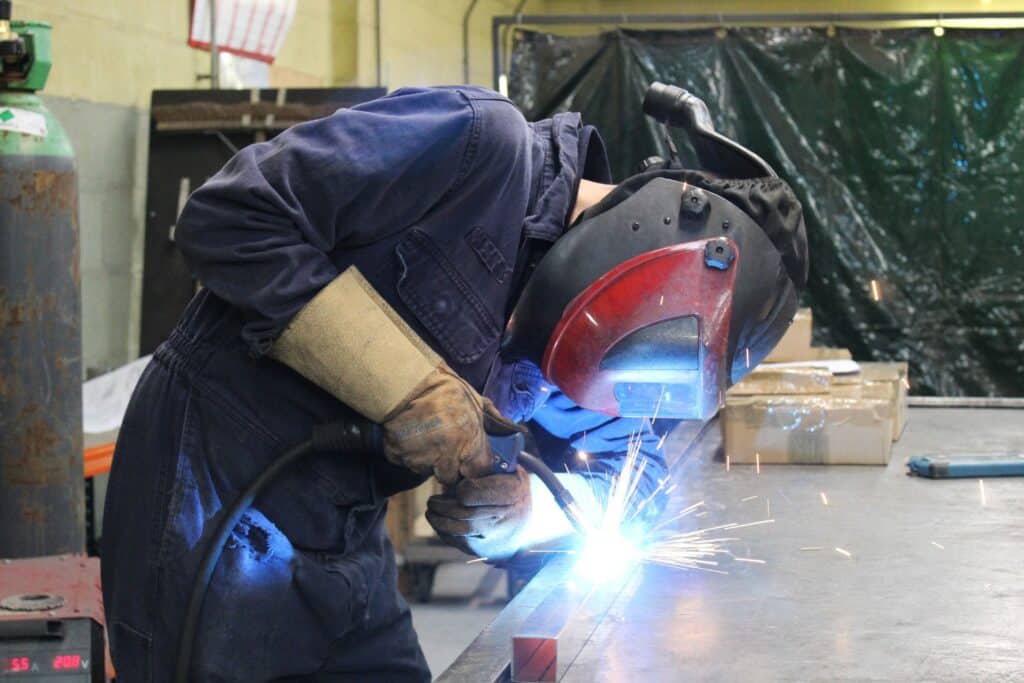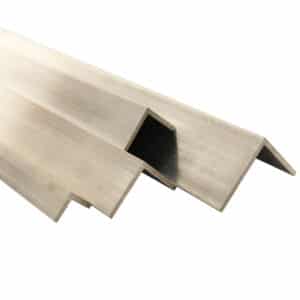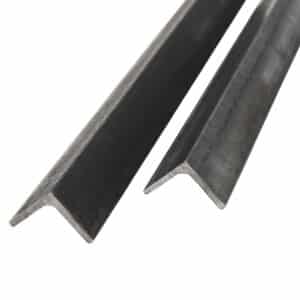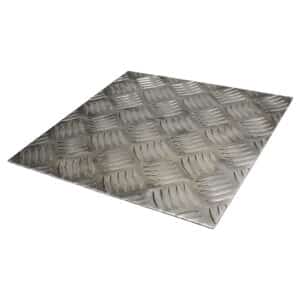- Massive Range
- FREE UK Delivery
- Rapid Dispatch
- Massive Range
- FREE UK Delivery
- Rapid Dispatch
- Massive Range
- FREE UK Delivery
- Rapid Dispatch
Home » Brazing vs. Welding: Understanding the Differences and Applications

In the business of metal fabrication, joining metals is a crucial process, pivotal in everything from building robust structures to crafting intricate designs.
Two of the most common methods for joining metals are brazing and welding, each with its unique techniques, applications, and advantages. While at a glance, these processes may seem similar, as both involve the fusion of materials, they are fundamentally different in their approach, the equipment used, and the scenarios in which they are most effective.
Brazing involves joining two pieces of metal by melting and flowing a filler metal into the joint, which has a lower melting point than the workpieces. Welding, on the other hand, typically involves the melting of the workpieces themselves, often with the addition of a filler material. These distinctions lead to different strengths and limitations in their applications.
Understanding when to use brazing or welding is essential for achieving the desired strength, aesthetics, and functionality in metalworking projects. This guide will delve into the basics of both welding and brazing, exploring their processes, the types of materials suitable for each, and the scenarios where one might be preferred over the other. This knowledge is key in deciding which method to employ for a given metalworking task, ensuring the best possible outcome for your projects.
Let’s go..


During welding, metal pieces are joined together by applying heat, pressure, or both. Metalworking uses this method to create strong, permanent bonds. Several types of welding techniques are available, each suited to different types of metals and applications:
MIG Welding (Metal Inert Gas): An inert gas is used in conjunction with a continuously feeding wire electrode to shield the weld pool from contamination during the welding process. It is ideal for joining mild steel, stainless steel, and aluminium together.
TIG Welding (Tungsten Inert Gas): Involves using a non-consumable tungsten electrode. This machine is known for the precision of its work, which makes it suitable for thin materials and more intricate work, such as stainless steel, aluminium, and non-ferrous metals.
Stick Welding: The welding process is carried out by using an electrode stick that melts in order to create the weld. In addition to its versatility and simplicity, it is suitable for outdoor use and thicker materials as well.
Materials Suitable for Welding:
Advantages and Limitations:
For a deeper dive on these techniques then check out our recent article on TIG welding.
In brazing, a filler metal with a lower melting point than the base metals is melted and drawn into the joint by capillary action. Brazing does not melt the base metal, unlike welding.
Brazing Process and Materials:
Brazing Techniques:
Pros and Cons:
While brazing and welding are both methods used to join metals, their processes and applications have distinct differences. Understanding these differences is key in choosing the right technique for a particular project.
Temperature and Joint Type:
Material Compatibility and Strength:
Choosing Between Brazing and Welding:
There are several factors that determine the choice between brazing and welding, such as the type of metal involved, the intended strength of the joint, the complexity of the project, as well as temperatures. It is often the case that welding is the preferred method for projects that require strong, durable joints in similar metals. If you are joining thin or different types of metals, or if there is a concern about heat distortion, brazing may be a better option.

Both welding and brazing find their niches in various real-world applications, with their suitability dictated by the specific requirements of the project.
Welding Applications:
Brazing Applications:
Industry Preferences and Standards:
Various industries have preferences based on strength requirements, safety standards, and material types. Welding is often used in the aerospace industry due to the strength requirements, while brazing is frequently used in the electronics industry because of its precision and minimal thermal distortion.

Safety is paramount in metalworking, particularly when dealing with high-temperature processes like welding and brazing. It is crucial to understand and adhere to safety measures and best practices to prevent accidents.
Safety Measures and Precautions:
Achieving High-Quality Joins:
For beginners and professionals alike, continuously improving welding and brazing skills is key to mastering these metal joining techniques.
Improvement Tips for Beginners:
Resources for Learning and Development:
The Importance of Practice and Experimentation:
It is often difficult to develop a deep understanding of these skills without getting hands-on experience and experimenting with different materials and methods.
We would like to conclude by stating that while brazing and welding are both effective methods for joining metals, they each have their own unique processes, applications, and requirements. In order to choose the most appropriate method for a given project, it is essential to understand the fundamental differences between these two techniques. Whether it is the strength and permanence that welding offers, or the precision and versatility that brazing offers, both welding and brazing have their place in the toolkit of any metalworker.
As metalworkers, we encourage them to continue investigating and experimenting with both brazing and welding in order to become more skilled. By expanding your skills in these areas, you not only enhance your capabilities, but you also open up a wider range of possibilities for your projects as a result. It is imperative that you remember that the right technique can make all the difference when it comes to the quality and success of your metalworking endeavors.
As always, thank you for checking out our blog. We hope that this helps you with your project.
Please also check out the other articles in our helpful guide series. We have written about aluminium sheeting and checker plate recently to name but two of our articles.
We are also proud to sell this product on our highly popular eBay store, check us out there too.
If you have any further questions, feel free to contact us.






Speciality Metals
Unit 1, Farrell Street, Warrington,
Cheshire, WA1 2WW, United Kingdom
Quick Links
Payment Options
